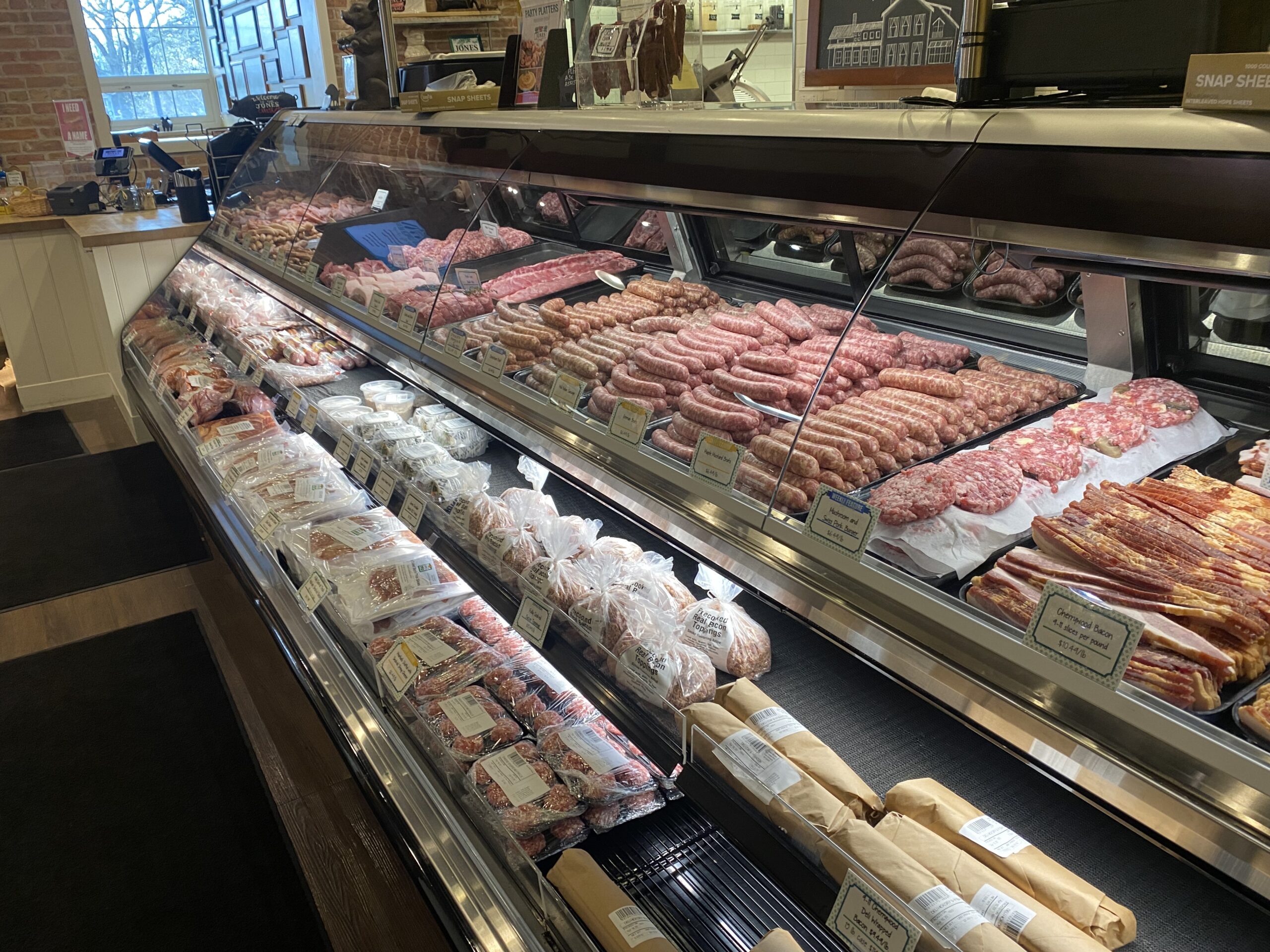Reveal the Art of the Butcher's Cut in a Modern Meat Market
In the ever-evolving landscape of modern meat markets, the butcher's cut has transcended its typical roots, merging olden workmanship with modern practices. Today's butchers are not simply cpus of meat; they are knowledgeable artisans that emphasize sustainability and ethical sourcing. Their know-how in choose and preparing cuts customized to certain culinary requirements provides an unparalleled eating experience. Yet, what really sets the modern butcher apart is their ability to build a much deeper link between consumers and the origins of their meat. How do these masters equilibrium custom with development, and what implications does this have for the future of meat intake?
Evolution of Butchery Strategies
The advancement of butchery strategies mirrors an abundant tapestry of innovation and adaptation driven by advancements in modern technology, modifications in consumer demand, and a much deeper understanding of meat science. Historically, butchery was a craft passed down via generations, with techniques sharpened over centuries to take full advantage of yield and flavor. The commercial revolution ushered in automation, transforming typical methods and enabling large handling.
The mid-20th century saw butchery methods further fine-tuned by clinical insights into muscular tissue biology and meat aging, enhancing both tenderness and preference. Developments like vacuum cleaner product packaging and refrigeration prolonged item shelf-life, permitting butchers to branch out offerings and boost quality assurance. This duration also marked the surge of specialized devices, such as band saws and meat slicers, which boosted precision and effectiveness in meat handling.

The 21st century has actually presented digital innovation right into the butchery realm. Digital systems currently aid in monitoring pet provenance and optimizing cuts to meet particular customer preferences. Furthermore, a rebirth in artisanal butchery has emerged, blending typical skills with modern-day knowledge to deal with consumers seeking moral and sustainable meat choices. This development emphasizes a vibrant interaction in between custom and advancement, conference modern needs while maintaining the craft's heritage.
Understanding Meat Cuts
Understanding the ins and outs of meat cuts is crucial for both butchers and consumers seeking top quality and value. Each cut comes from a various part of the animal, presenting one-of-a-kind tastes, textures, and cooking methods - bagley farms meat market edwardsville il. Proficiency of these distinctions not only enhances culinary experiences but additionally takes full advantage of the energy of each carcass. For butchers, specific cuts reflect skill and regard for the craft, guaranteeing marginal waste and optimal return.

Understanding muscular tissue composition is vital; muscles utilized a lot more often by the animal often tend to be harder and are best matched for slow-moving cooking methods, while less-used muscles, like those found in the loin, are much more tender and ideal for cooking or roasting. Knowledge with these differences empowers customers to make enlightened selections, improving their culinary undertakings.
Choosing High Quality Meat
Choosing the appropriate meat entails greater than just choosing a visually enticing piece from the display screen. bagley farms meat market edwardsville il. The art of picking high quality meat calls for a critical eye and knowledge of details features that symbolize quality and excellence. Pay interest to the color; beef ought to have an intense, cherry-red shade, while lamb needs to display a soft pink tone, and pork a pale pink. This shows the meat is fresh and hasn't been exposed to oxygen for also long.
Second of all, visit site consider the marbling, which describes the white streaks of fat within the muscle. Proper marbling is an essential sign of inflammation and taste, as it thaws throughout food preparation, boosting the meat's juiciness. Bear in mind, greater marbling often correlates with superior high quality cuts, such as USDA Prime.
Structure is one more important variable; meat needs to really feel strong to the touch, not slimed or extremely soft. Furthermore, be conscious of the aroma. Fresh meat must have a tidy, neutral odor, cost-free from any kind of sour or repulsive odors.
Matching Cuts With Cooking Methods

On the other hand, tougher cuts like brisket and chuck roast are abundant in collagen, which breaks down right into gelatin when cooked gradually. These cuts are suitable for braising or slow roasting, permitting the meat to tenderize gradually and develop deep, complicated tastes. Cuts such as brief ribs and pork shoulder make out well with slow-cooking approaches, where extended cooking times change their durable structures right into delicious meals.
Lamb shanks and oxtail, which call for long term food preparation to soften, are excellent prospects for cooking or slow-moving simmering. These approaches coax out abundant, passionate tastes while keeping dampness. By recognizing the one-of-a-kind features of each cut, cooks and home chefs alike can raise their culinary developments, making certain each dish is both pleasing and remarkable.
The Butcher's Function Today
Browsing the developing landscape of the modern-day meat market, the butcher's role today prolongs beyond simple prep work of cuts. Contemporary butchers are culinary craftsmens, instructors, and advocates for lasting practices.
Along with crafting precise cuts, butchers currently engage directly with consumers, providing cooking suggestions and tailoring choices to suit private demands and preferences. Their expertise in meat aging, marbling, and flavor accounts empowers consumers to make enlightened decisions, boosting their cooking experiences. This individualized solution exemplifies the butcher's advancing role as a relied on consultant in the cooking area.
In addition, butchers are crucial in decreasing waste, using whole animals to produce diverse products such as sausages and supplies. This comprehensive check out here technique not just respects the animal but likewise lines up with modern sustainability goals. By doing this, the modern-day butcher embodies both tradition and advancement, adjusting to an ever-changing market while maintaining the virtuosity and integrity of their craft.
Conclusion
Proficiency in recognizing varied meat cuts and high quality indicators encourages butchers to give enlightened referrals, straightening details cuts with ideal food preparation methods. By honoring historic techniques while accepting contemporary demands, the butcher's role remains vital in today's innovative meat market.